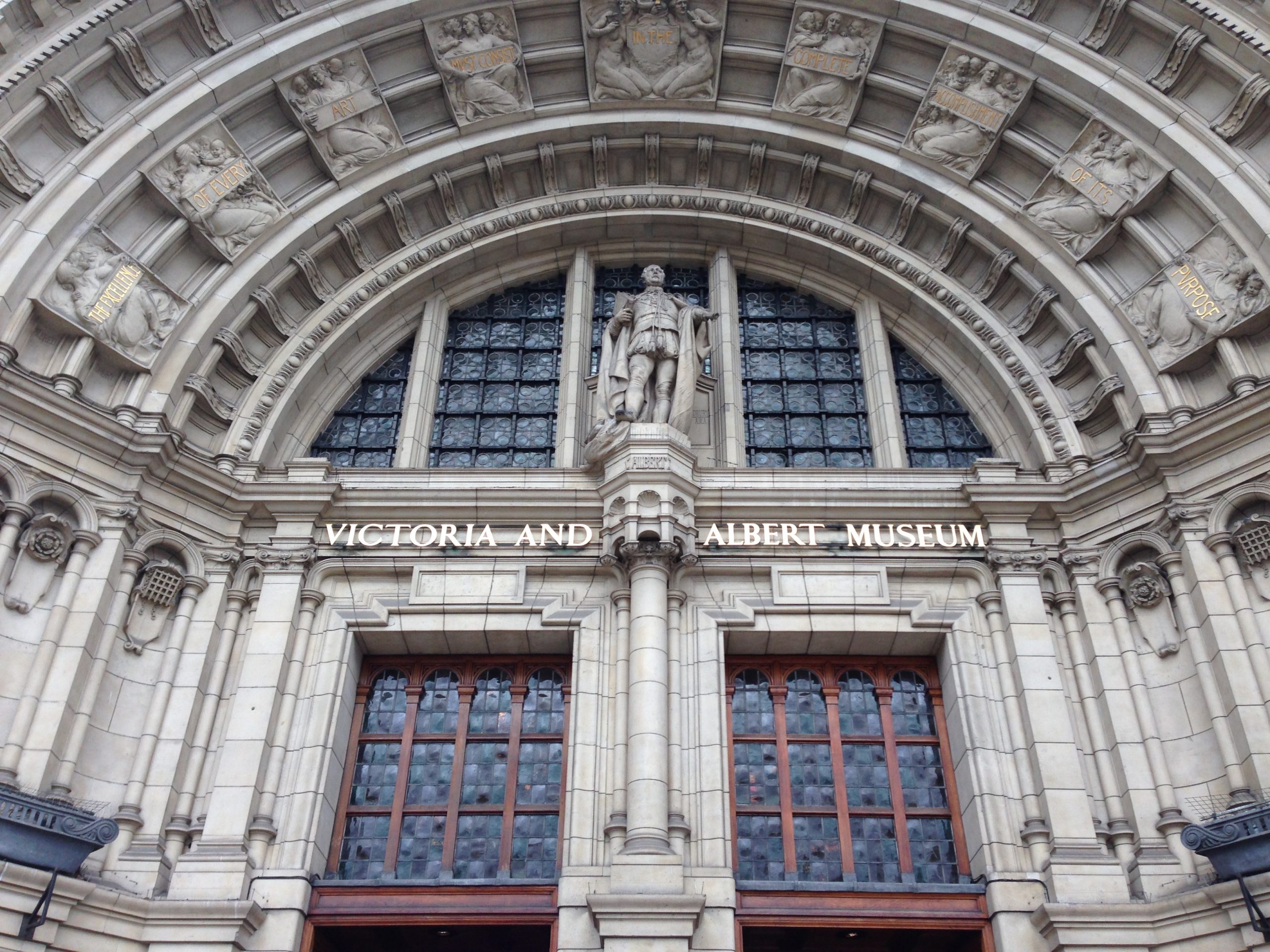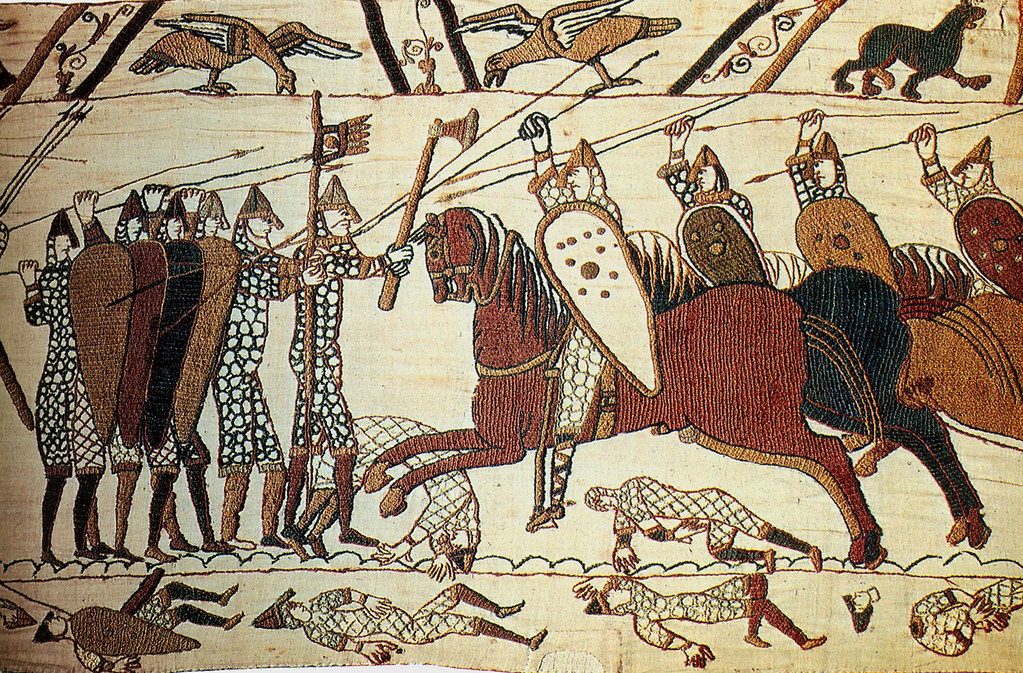
The Victoria and Albert Museum is joining forces with Bayeux City officials in signing a memorandum of understanding, nearly 150 years on from the start of their relationship.
The Bayeux Tapestry is a medieval embroidery, measuring 70 metres by 50 centimetres. It was created in the 1070s, and depicts the events leading up to and after the Battle of Hastings of 1066. The tapestry features nine panels and 58 scenes. It is believed to have been commissioned by Bishop Odo, half-brother of William the Conqueror, the Duke of Normandy.
Henry Cole, the London museum’s first director, was keen on making a copy of the Bayeux Tapestry back in 1869. The new agreement promises to ‘share expertise’ on the Bayeux Tapestry and is said to open up new avenues for research, curatorial and scientific exchange.

 As a result of the early relationship between the museum and Bayeux, Victorian photographer Joseph Cundall was given permission to photograph the entire Bayeux Tapestry in 1872 for the museum’s Science and Art Department. Through his company, Cundall commissioned fellow photographer Edward Dossetter to do the work on Bayeux. Dossetter visited Normandy between September and December of 1872 and came away with over 180 glass negatives, detailing each section of the tapestry.
As a result of the early relationship between the museum and Bayeux, Victorian photographer Joseph Cundall was given permission to photograph the entire Bayeux Tapestry in 1872 for the museum’s Science and Art Department. Through his company, Cundall commissioned fellow photographer Edward Dossetter to do the work on Bayeux. Dossetter visited Normandy between September and December of 1872 and came away with over 180 glass negatives, detailing each section of the tapestry.
These negatives from the past are now part of the project to digitise the tapestry going forward.
In a statement, the V&A said: “Subject to funding, the glass plates from 1872 will be digitised, then integrated into a unique digital database that will showcase the Bayeux.”

